How to OEM smart tv box
Source:droidtvboxes.com Release on: 2025-02-04-10-46-46
OEM, or Original Equipment Manufacturer, refers to a company that produces equipment or products that are then sold and used by another company. In the context of a smart TV box, an OEM is responsible for creating the software and hardware components that are integrated into the device. If you're looking to OEM a smart TV box, there are several steps you need to take to ensure that your product is successful and meets the needs of your customers. This guide will walk you through the process, from initial planning to final testing and deployment.
1. Define Your Product Requirements
Before you begin, it's crucial to have a clear understanding of what your smart TV box will offer. Consider the following questions:
- What features will your TV box have?
- Who is your target audience?
- What is the budget for your product?
- Are there any regulatory requirements or certifications you need to meet?
Answering these questions will help you design a product that meets the needs of your customers and stands out in the market.
2. Design the Hardware and Software
Once you have defined your product requirements, you can start designing the hardware and software for your smart TV box. This involves several steps:
- Choose the appropriate microcontroller or processor for your TV box.
- Design the user interface and user experience.
- Develop the firmware for the TV box.
- Plan the hardware layout, including components such as the display, speakers, and network connectivity.
It's important to involve a team of experienced engineers and designers to ensure that your product is both functional and aesthetically pleasing.
3. Source Components
After you have designed your smart TV box, you will need to source the necessary components. This includes microcontrollers, sensors, displays, speakers, and network connectivity devices. Make sure to research and compare different brands and models to find the best options for your product.
It's also a good idea to establish relationships with reliable suppliers to ensure a steady supply of components throughout the production process.
4. Assemble the TV Box
Once you have sourced all the necessary components, it's time to assemble your smart TV box. This involves several steps:
- Install the microcontroller or processor into the TV box.
- Connect the sensors, displays, and other components to the microcontroller.
- Install the firmware on the TV box.
- Perform initial testing to ensure that all components are functioning correctly.
It's important to follow a systematic approach to assembly to avoid any issues that may arise later on.
5. Test the TV Box
After you have assembled your smart TV box, it's crucial to thoroughly test it to ensure that it meets all the requirements and performs as expected. This involves several steps:
- Conduct functional testing to ensure that all features work correctly.
- Perform stress testing to determine how the TV box performs under different conditions.
- Check for any software bugs or hardware issues.
- Conduct user acceptance testing to ensure that the TV box meets the needs of your customers.
It's important to document all test results and address any issues that arise during testing.
6. Deploy the TV Box
Once you have thoroughly tested your smart TV box and ensured that it meets all the requirements, you can deploy it to your customers. This involves several steps:
- Create marketing materials and promotional content for your TV box.
- Set up an online store or sales channel for your product.
- Provide customer support and address any questions or concerns that customers may have.
- Monitor sales and gather feedback from customers to improve your product.
It's important to provide excellent customer service and support to ensure that your customers are satisfied with their purchase.
7. Maintain and Update the Product
After your smart TV box has been deployed, it's crucial to maintain and update the product to ensure that it continues to meet the needs of your customers. This involves several steps:
- Provide regular software updates to fix any bugs or security vulnerabilities.
- Monitor customer feedback and make improvements based on their suggestions.
- Address any issues that arise after the TV box has been deployed.
- Keep up with the latest trends and technologies in the smart TV industry to ensure that your product remains competitive.
It's important to view maintenance and updates as an ongoing process rather than a one-time effort.
Conclusion
OEMing a smart TV box is a complex process that requires careful planning, design, and execution. By following the steps outlined in this guide, you can create a successful and high-quality product that meets the needs of your customers. Remember to prioritize quality, customer satisfaction, and continuous improvement throughout the OEM process.
SunnyTV Technology is a professional H96Max PJ-X6 Allwinner H713 android Projector factory with years of experience in the industry. SunnyTV are committed to providing high-quality products and excellent customer service. Our main products include Android TV boxes, IPTV boxes, OTT boxes, and smart TV boxes, all of which are designed to meet the diverse needs of our customers.
Should you want to have more understanding of OTT boxes, IPTV boxes, android projector, Smart tv boxes, Android tv boxes, MINI PC, digital signage, you can visit these websites
| Model No. | H96Max PJ-X6 |
| CPU | Allwinner H713 Quad Core ARM Cortex A53 CPU |
| GPU | GPU Mail-G31 OpenGL ES 3.2 OpenGL ES 3.2 |
| RAM+ROM | (2+8G) |
| OS | Android 11 |
| Ethernet | not support Ethernet |
| WIFI | WIFI6 2.4G/5.8G |
| USB | USB2.0 |
| Bluetooth | bluetooth 5.x |
| Resolution | 4K |
| Application | Google Play, Aptoide, Kodi 16.1, YouTube, Netflix, Game app (KO GameBox) BangTV, Mobdro, Show Box etc. |
| Video decoding |
⢠H.265 [email protected] decoder up to 4K@60fps or 6K@30fps ⢠VP9 Profile 2 decoder up to 4K@60fps ⢠AVS2 JiZhun 10bit decoder up to 4K@60fps ⢠H.264 BP/MP/[email protected] decoder up to 4K@30fps ⢠Multi-format 1080p@60fps video playback formats, including H.264 BP/MP/HP, H.263 BP, VP8, MPEG-1 MP/HL, MPEG-2 MP/HL, MPEG-4 SP/ASP@L5, AVS+/AVS JiZhun, WMV9/VC1, etc |
| Audio Decoder | Supports MP3, AAC, WMA, FLAC, Ogg. |
Leave a comment
All fields marked with an asterisk(*) are required
Recent Comments


- EmilyDavis said
The H96Max PJ-X6 Allwinner H713 android Projector is a must-have for anyone who loves entertainment. It has everything you need for a great viewing experience.
- 2025-02-03-12-33-05
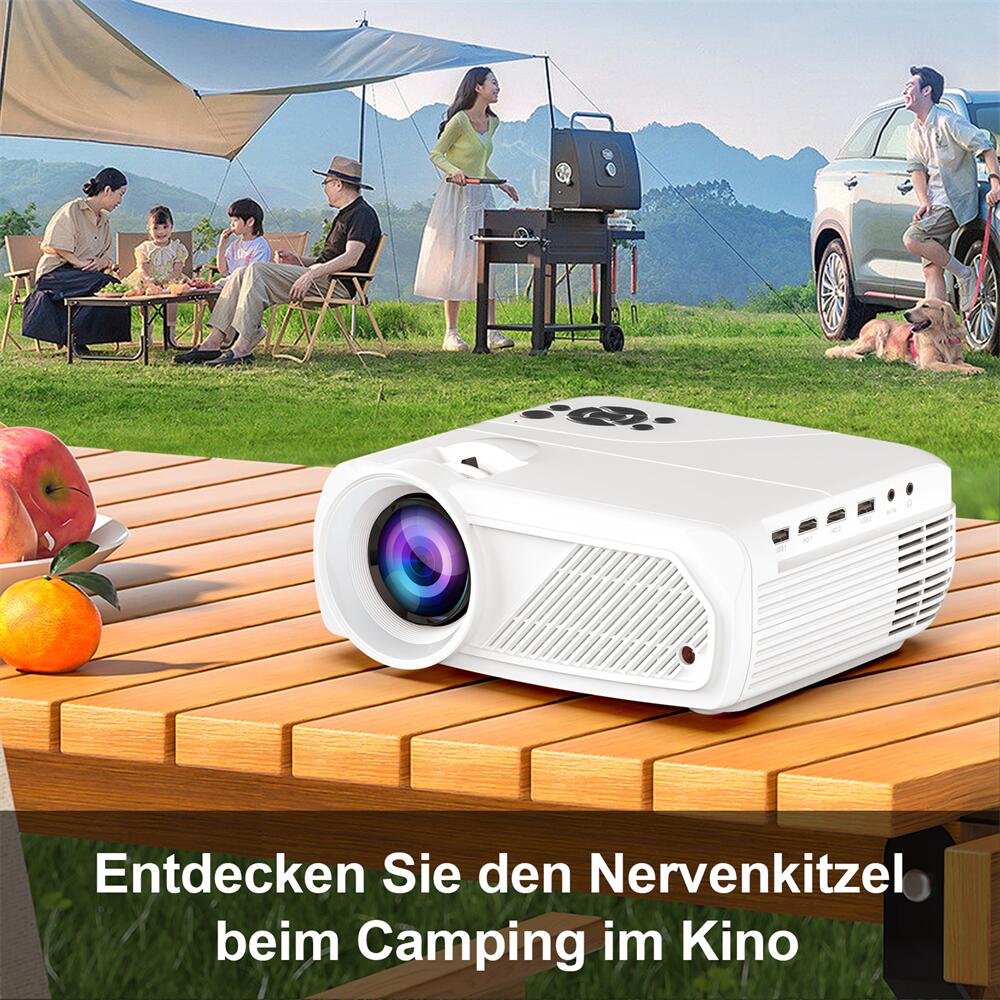
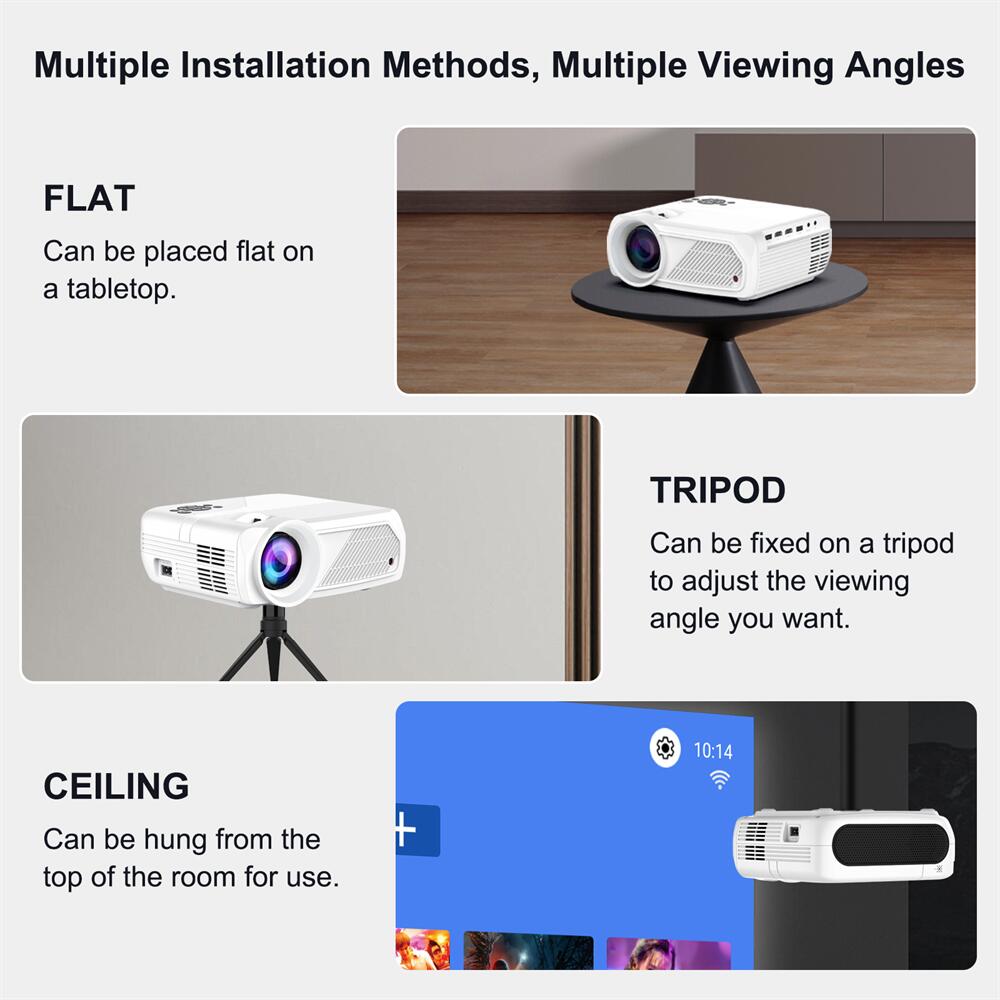
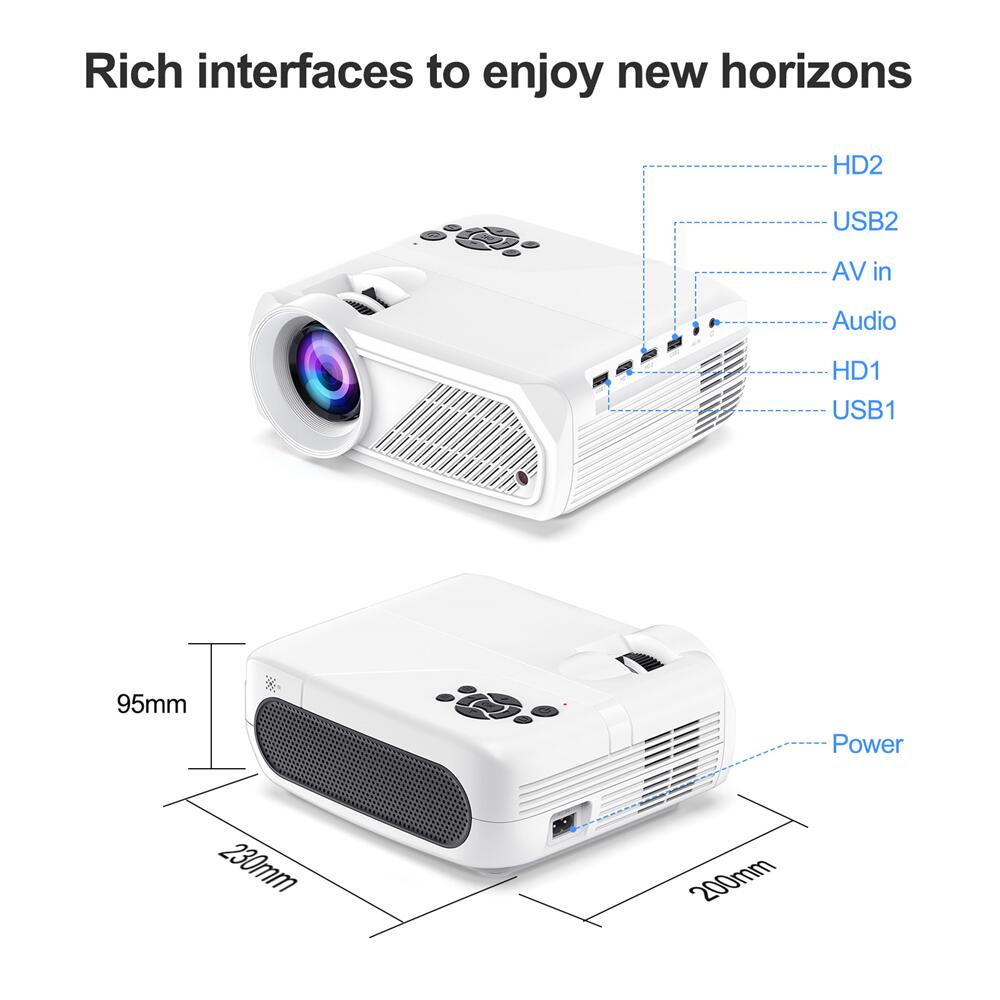
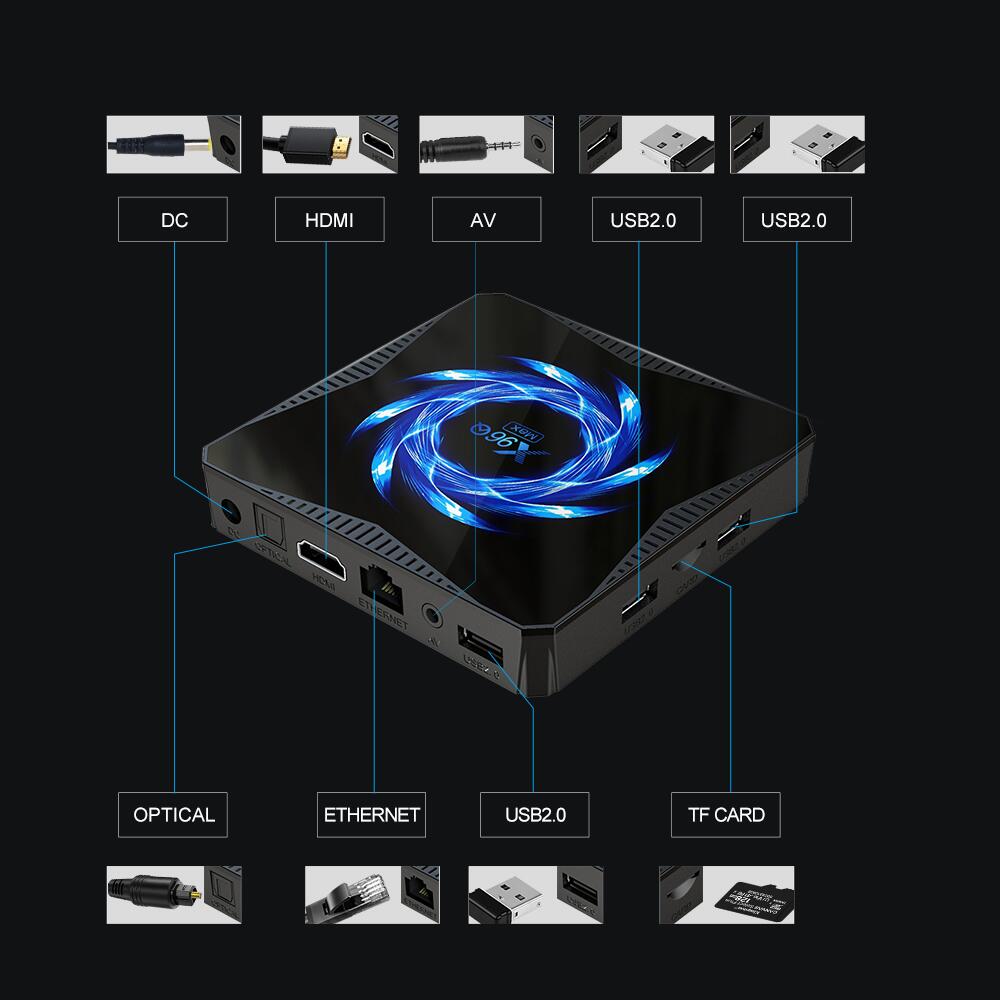
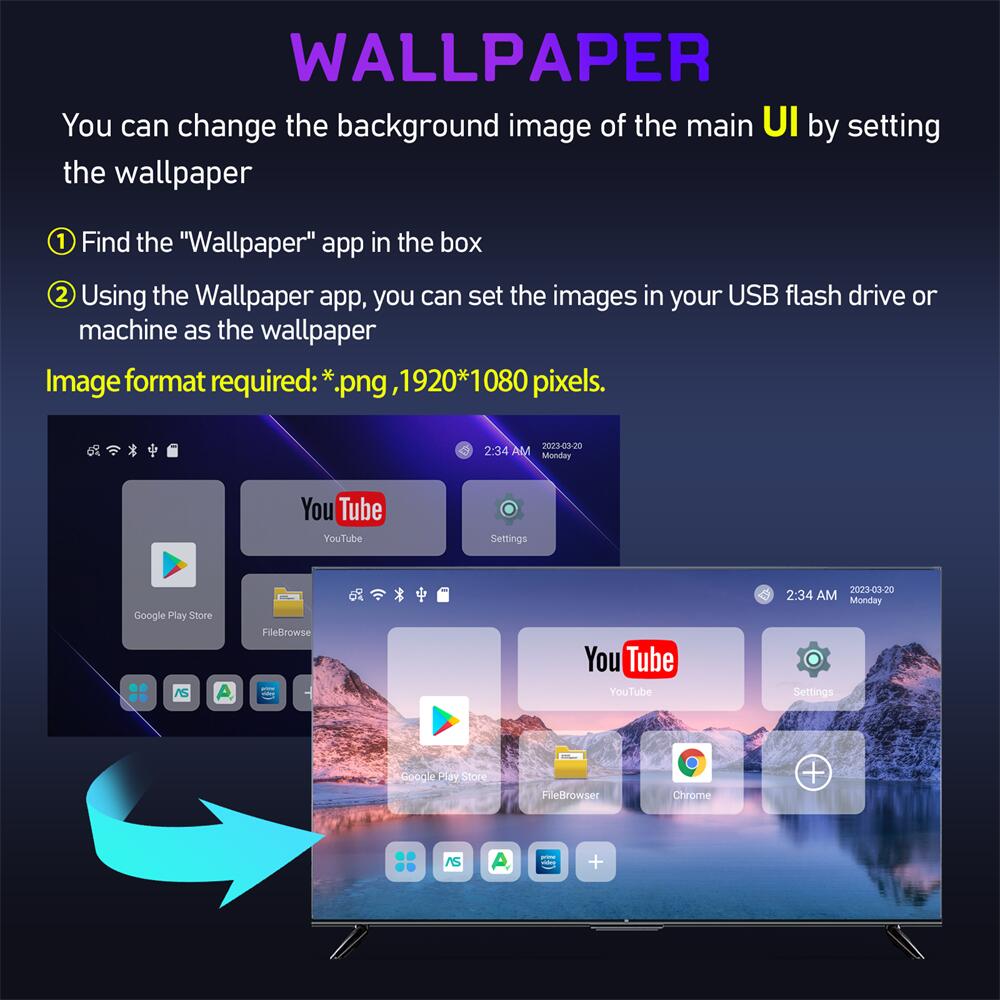
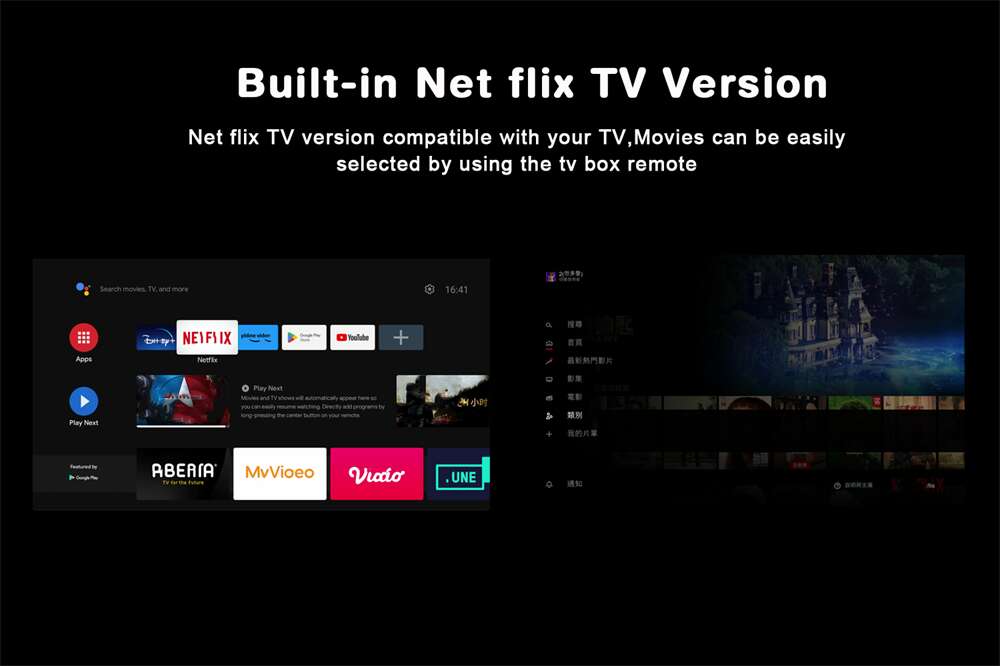
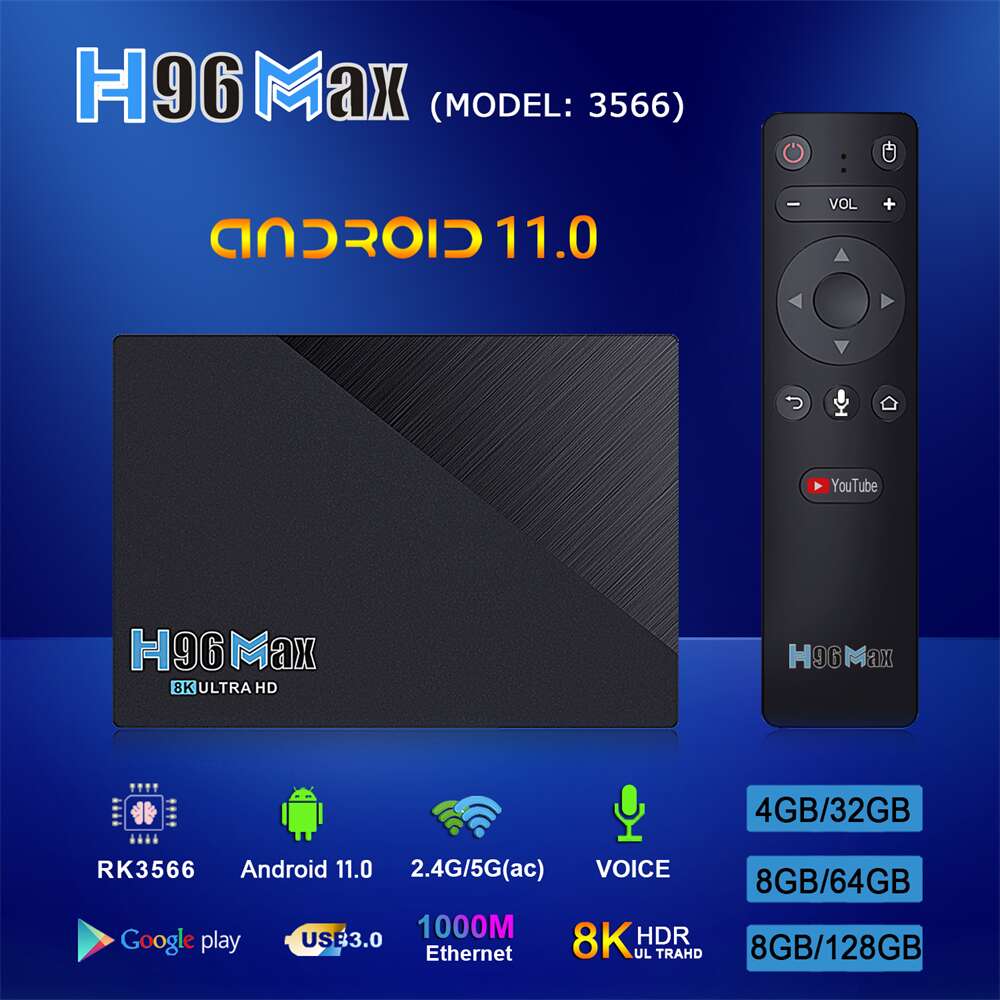
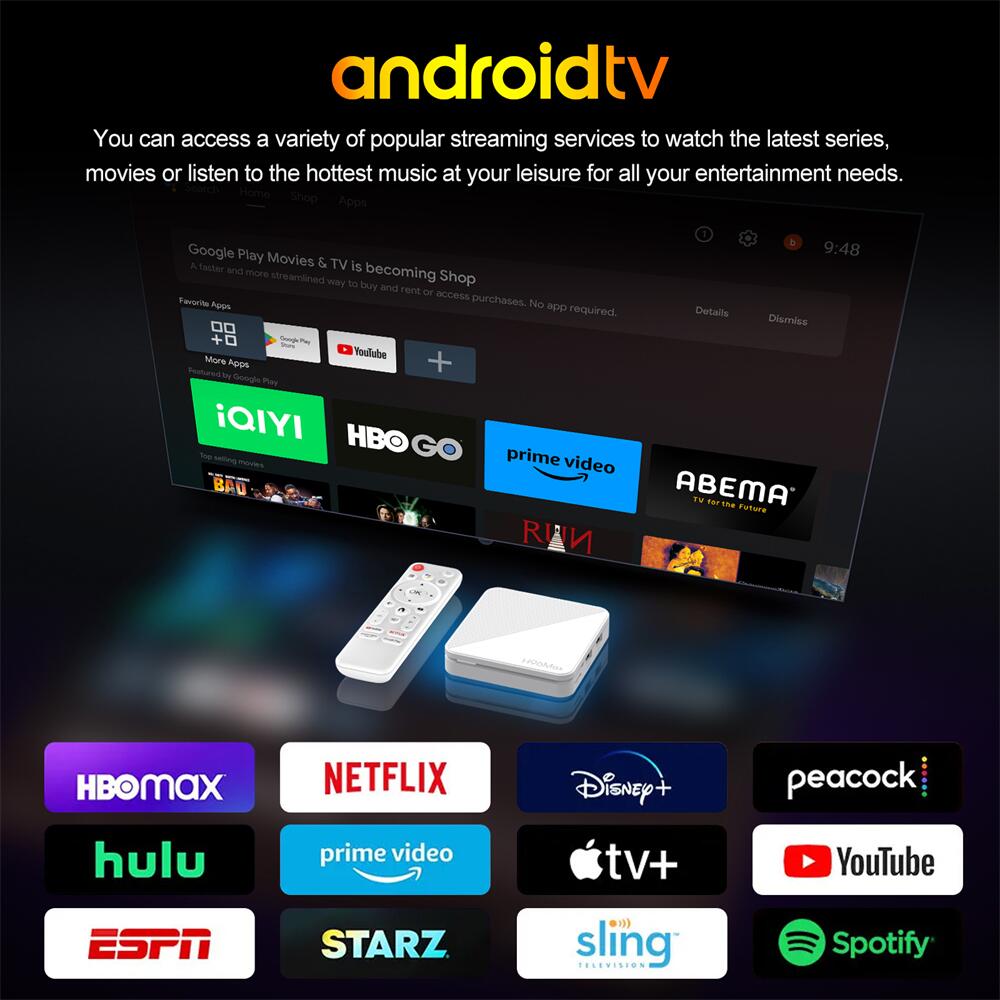
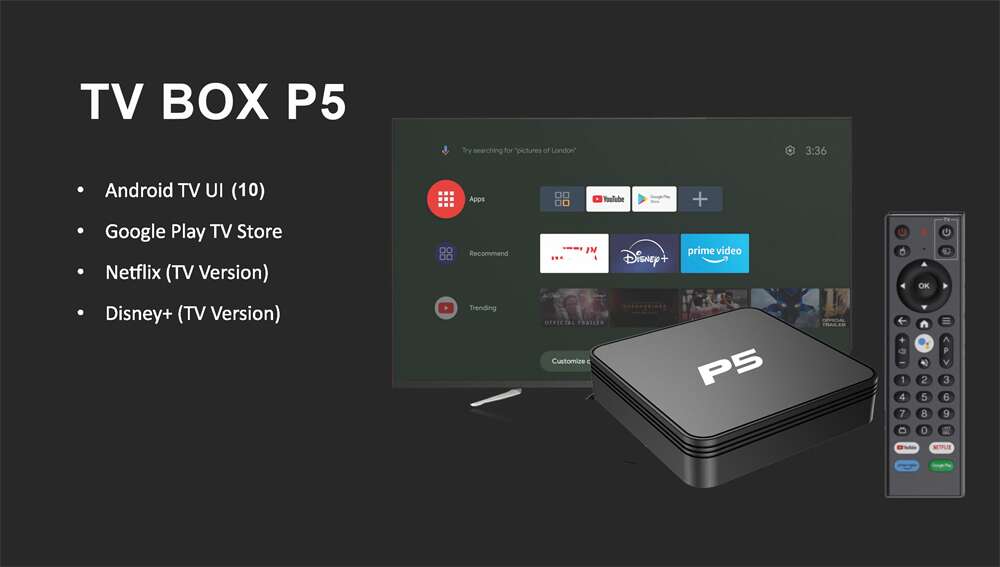
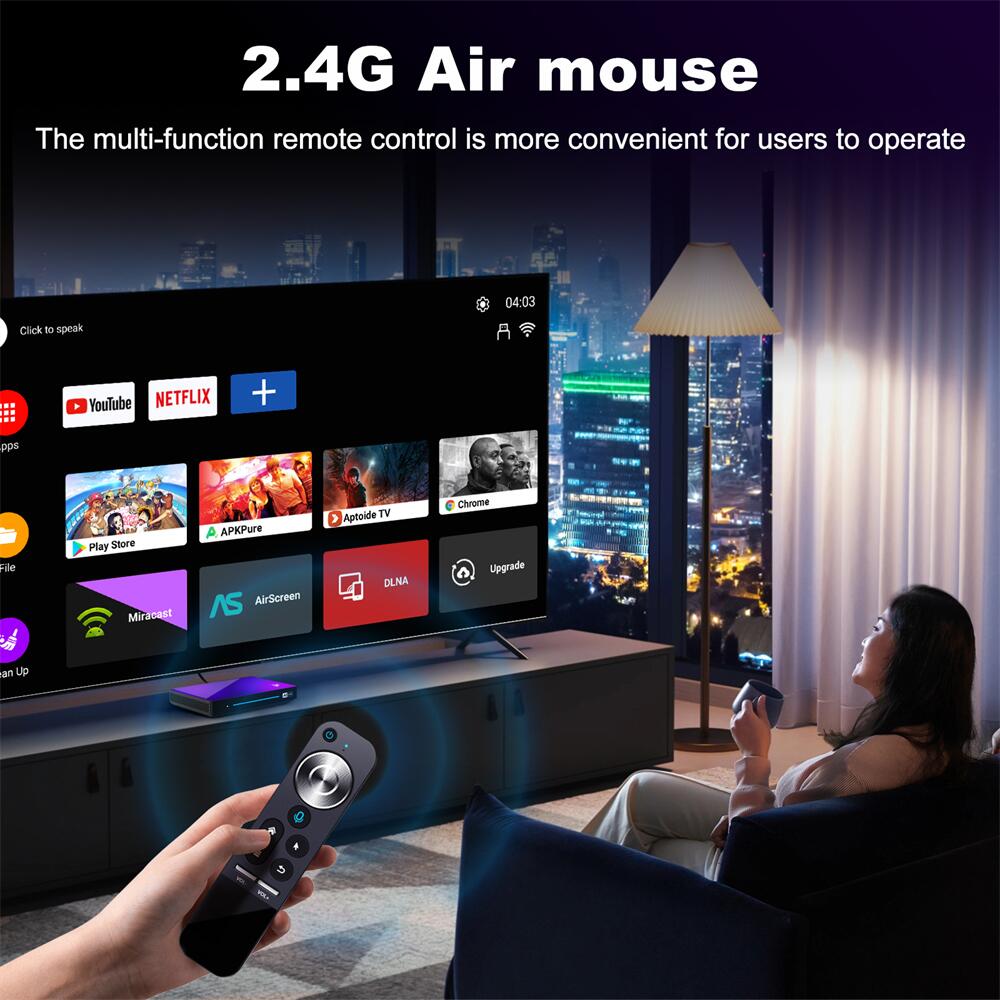
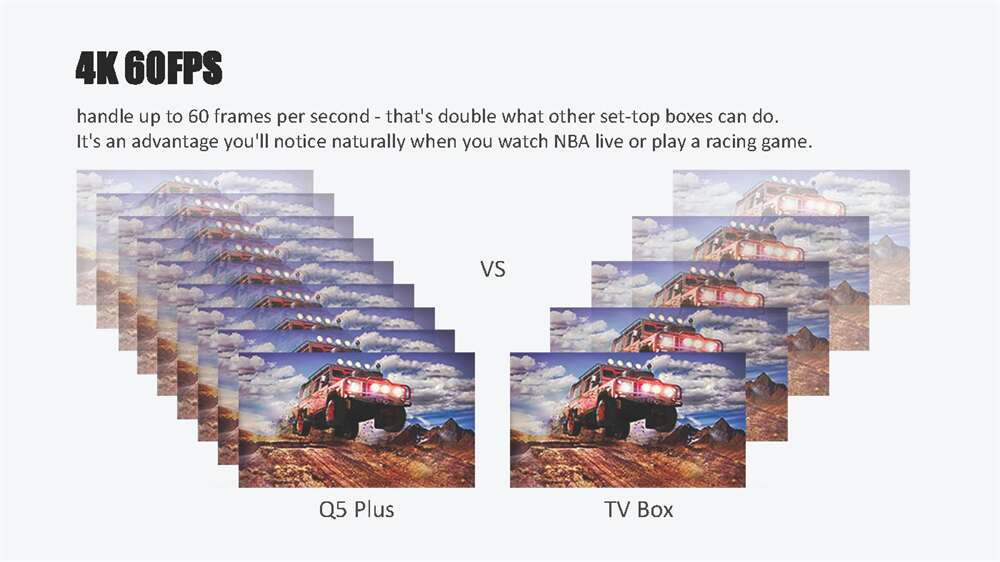
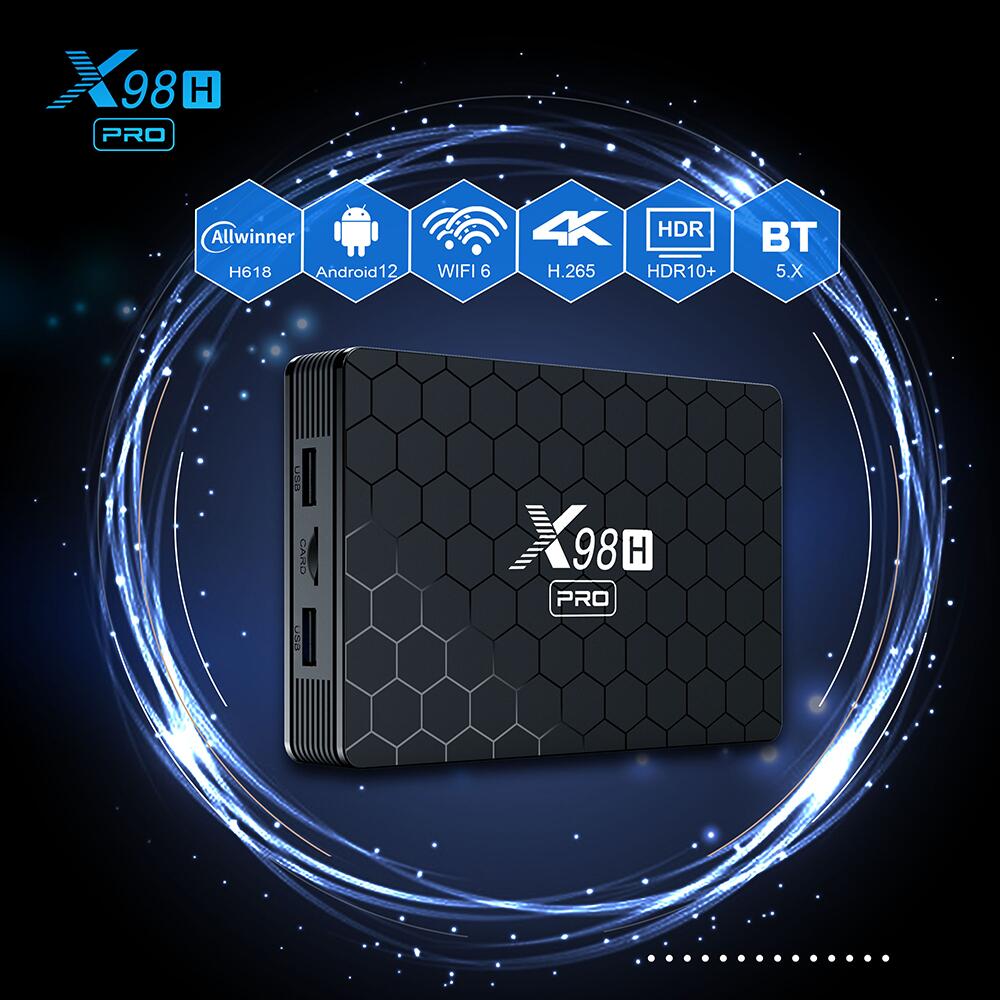
The picture quality of the H96Max PJ-X6 Allwinner H713 android Projector is really excellent. The colors are vivid and the contrast is high. The audio effect is also very good, giving me an immersive feeling. Watching high-definition movies with it is simply a pleasure.